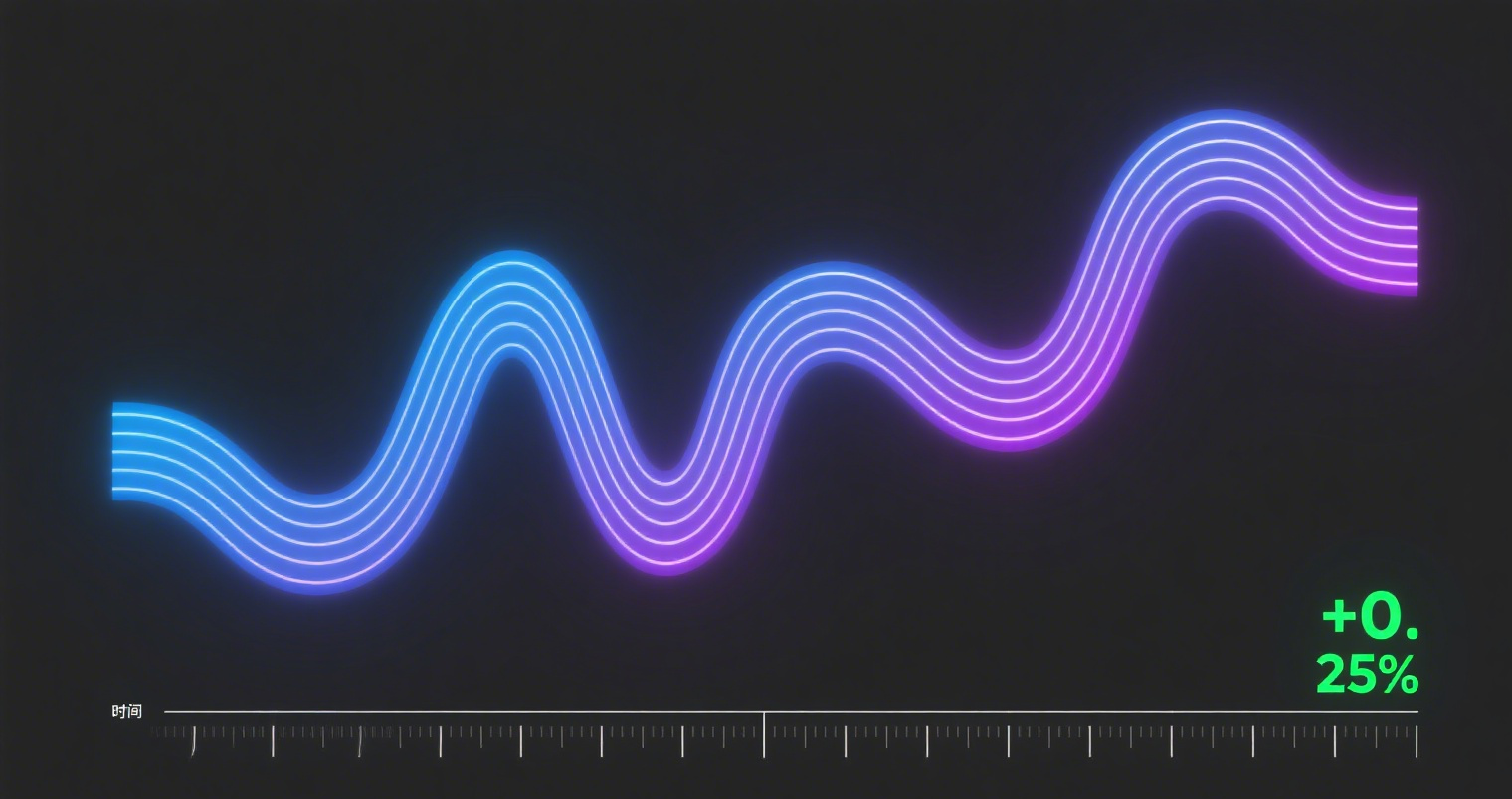
CICC: US Inflation May Reach an Upward Inflection Point in the Next 1–2 Months
CICC has found that tariffs have already caused a partial rebound in US inflation, but flaws in seasonal adjustment methods have underestimated inflation by nearly 20bp over the past two months, meaning CPI readings have yet to reflect the true extent of the rebound. It is predicted that month-on-month CPI may confirm an upward inflection point in the next 1–2 months, with the earliest validation possible on August 12. The year-on-year CPI uptrend could last about a year, and input-output tables can be used to estimate the magnitude of inflation increases. With US inflation entering an upward cycle, it may disrupt the Fed’s rate-cutting pace, introducing new uncertainties for global assets.
CICC Research
We have found that tariffs have already caused a partial rebound in US inflation, but flaws in seasonal adjustment methods have underestimated inflation by nearly 20bp over the past two months, meaning CPI readings have yet to reflect the true extent of the rebound. We predict that month-on-month CPI may confirm an upward inflection point in the next 1–2 months, with the earliest validation possible on August 12. The year-on-year CPI uptrend could last about a year, and input-output tables can be used to estimate the magnitude of inflation increases. With US inflation entering an upward cycle, it may disrupt the Fed’s rate-cutting pace, introducing new uncertainties for global assets.
Why Hasn’t US Inflation Rebounded Despite Significant Tariff Hikes?
Since the beginning of this year, the average US tariff rate has surged from 2.3% to 18.4%, yet inflation has remained low. The market generally expects tariffs to cause only mild or temporary inflation, or even doubts whether they will lead to noticeable inflation at all. We believe market pricing may be underestimating the risk of a US inflation rebound. Three key factors have delayed the tariff-driven inflation transmission. Once these factors change, the US inflation rebound may be "delayed but inevitable":
-
Statistical Method Flaws Underestimating Recent Inflation:
US inflation exhibits strong seasonality, requiring statistical models to remove seasonal variations. Post-pandemic, inflation seasonality has shifted abruptly, and the current seasonal adjustment model is flawed, potentially suppressing May–June inflation levels by about 20bp cumulatively. Using a corrected seasonal adjustment method, the month-on-month growth rate of US core CPI has already turned upward. Additionally, many CPI subcategories (e.g., apparel, appliances, and autos) are sampled only every two months, causing CPI to lag behind actual price changes. Lastly, due to budget cuts and a federal hiring freeze, the US Bureau of Labor Statistics has recently been forced to scale back its CPI sampling network, further reducing data accuracy and timeliness. -
Corporate Behavioral Adjustments Prolonging Inflation Transmission:
Beyond "front-loading imports" to avoid tariffs, US importers can defer tariffs by storing goods in bonded zones. Some importers may temporarily absorb tariff costs without raising final product prices, partially shielding consumers from the impact. -
Economic Slowdown Offsetting Tariff Pressures:
US inflation can be divided into goods inflation and services inflation. Recent cooling economic growth and weaker domestic demand have driven services inflation lower, partially offsetting the upward pressure on goods inflation caused by tariffs.
















